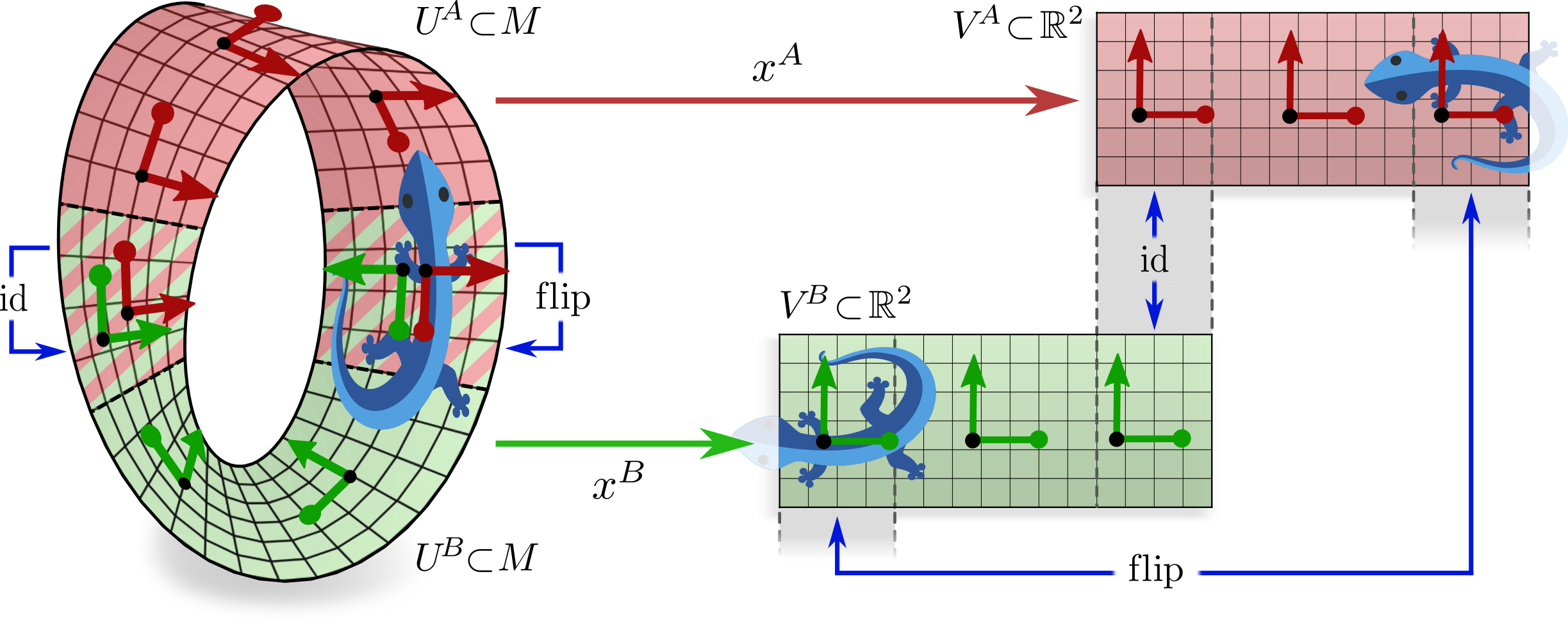Coordinate Independent Convolutional Networks -- Isometry and Gauge Equivariant Convolutions on Riemannian Manifolds
Motivated by the vast success of deep convolutional networks, there is a great interest in generalizing convolutions to non-Euclidean manifolds. A major complication in comparison to flat spaces is that it is unclear in which alignment a convolution kernel should be applied on a manifold. The underlying reason for this ambiguity is that general manifolds do not come with a canonical choice of reference frames (gauge). Kernels and features therefore have to be expressed relative to arbitrary coordinates. We argue that the particular choice of coordinatization should not affect a network's inference -- it should be coordinate independent. A simultaneous demand for coordinate independence and weight sharing is shown to result in a requirement on the network to be equivariant under local gauge transformations (changes of local reference frames). The ambiguity of reference frames depends thereby on the G-structure of the manifold, such that the necessary level of gauge equivariance is prescribed by the corresponding structure group G. Coordinate independent convolutions are proven to be equivariant w.r.t. those isometries that are symmetries of the G-structure. The resulting theory is formulated in a coordinate free fashion in terms of fiber bundles. To exemplify the design of coordinate independent convolutions, we implement a convolutional network on the M\"obius strip. The generality of our differential geometric formulation of convolutional networks is demonstrated by an extensive literature review which explains a large number of Euclidean CNNs, spherical CNNs and CNNs on general surfaces as specific instances of coordinate independent convolutions.
PDF Abstract
